
Storm Surge Effect (public domain image via Wikimedia Commons)
What is storm surge?
When a tropical weather system heads for shore, it pushes seawater ahead of it. The bigger and stronger the storm while it is over the sea, the more water it is capable of pushing. That water comes onto land as storm surge. If you live along the coast, you are vunerable to storm surge. Even if you don't, you still may be.
Storm Surge and Storm Tide
To understand the definitions of these two terms, you need to start at Mean Sea Level, which is the half way point between high and low tide for a particular location.
Storm Surge height (or deepness of the water) is measured from mean sea level. If the event occurs at high or low tide, it will be more or less deep by the amount that the high or low tide varies from mean sea level. In the illustration above, the surge is 15 feet.
Storm Tide takes into account both the normal (low or high) tide, and the surge tide. In the above illustration, if it comes in at high tide (which is two feet above mean) it will be a 17 storm tide. At low tide, it would be only 13 feet.
Since the water coming in is not calm and smooth, waves on top of its surface can add even more height that the water can actually reach.


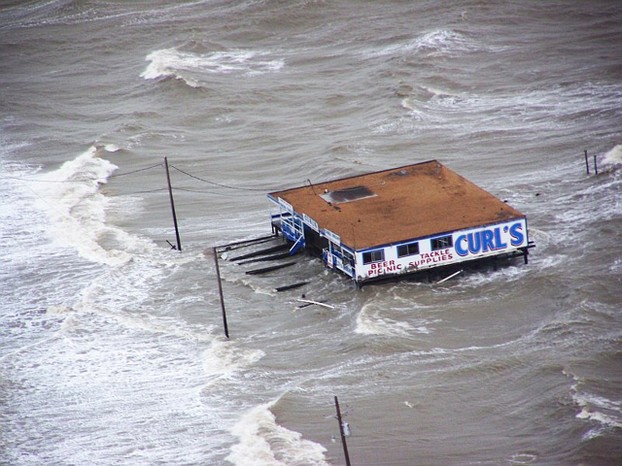


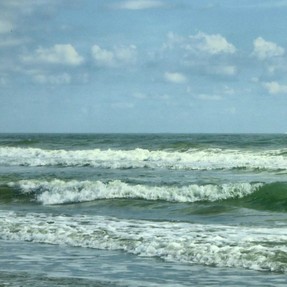





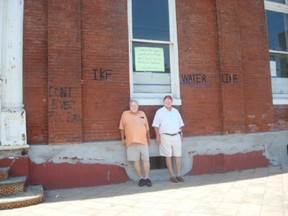
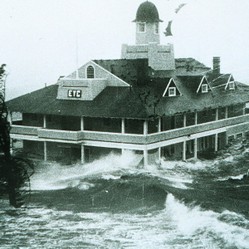

 Gold Heart Locketson 12/30/2015
Gold Heart Locketson 12/30/2015
 Ships and Boats on Electrical Wall Plateson 11/12/2015
Ships and Boats on Electrical Wall Plateson 11/12/2015
 Nautical Jigsaw Puzzles: Ships and the Seaon 11/04/2015
Nautical Jigsaw Puzzles: Ships and the Seaon 11/04/2015
 Tropical Flower Christmas Ornamentson 11/03/2015
Tropical Flower Christmas Ornamentson 11/03/2015

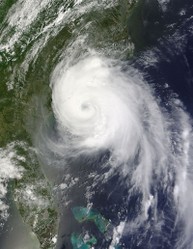
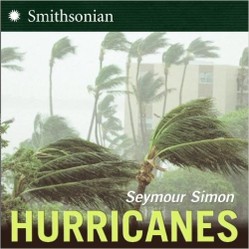
Your Comments are welcome and appreciated
That's the thing about living on an island... even alternate escape routes are vulnerable. We have to be vigilant
We DID evacuate via water once... boarded a cruise ship and put out to sea, so I guess you could say that' was an alternate rout that time, at least.
CruiseReady, In a way, that saying of Hide from the wind, run from the water can be taken as a warning of a storm surge's danger. It's far easier to find a hiding place from extreme winds than to think of being able to outrun water.
Do you have an alternate escape route just in case Plan A ends up with water (such as you mention just with a Category 1 hurricane)?
Frankbeswick - Thank you for your very enlightening comment on the danger of storm surge in Britain. That's something I knew little about
SO true about Katrina. Lots of people totally forget about the surge! In a city that sits largely below sea level, that's certainly not something to forget about!
The south east of Britain can be subject to the threat of storm surges, as happened in 1953. These are caused round here by a combination of factors. High tide raises levels naturally, but low air pressure raises the sea surface, and very low pressure makes for a bigger rise. When these two factors combine and the wind direction is from the north the waters of the North Sea are pushed southwards, and between East Anglia and Kent on the British side and the Netherlands on the continental side, the sea becomes shallower, so a mass of water, already high from the combination of other factors, is pushed into the shallow sea. Add to this that the East coast at these points is quite low lying the combined factors cause serious flooding.
The flood waters would race up the Thames and hit London, which has the Thames Barrier to prevent this flood reaching the city, but we are now thinking that the existing barrier will need upgrading as sea levels rise.Downstream of the barrier we have massive embankments to contain the water. But there is another problem about which we can do nothing, that Britain is slowly tilting, with the South East sinking by two millimeters a year, and so over time the danger of flooding will become worse.
There was a near miss last year when there was some flooding, but it was not as bad as the storm of 1953.
I have been to Mississippi after Camille, and seen three large ships beached, and about three city blocks deep from the Gulf of Mexico in total devastation. After Katrina the situation was even worse. One of only a few structures to survive was the Biloxi lighthouse. In 1900, Galveston had the Gulf literally claim three city blocks, the land is even gone. But, in Katrina the storm went to a category 5 as it passed over a warm eddy, then dropped to a category three. The surge did not have time to adjust, so while the winds were only a category three at landfall, the surge was that of a category five.